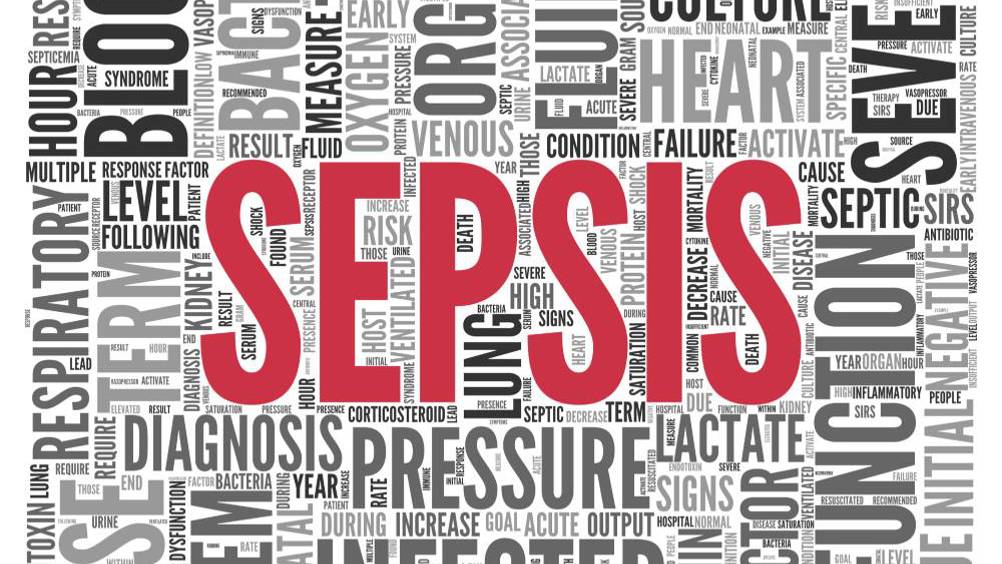References
Recognition and management of neonatal sepsis

Abstract
Neonatal sepsis results from acute bacterial or viral infection occurring in the first 28 days of life. It causes significant morbidity and mortality, although the outcome can be improved by early recognition and prompt treatment by health professionals. This article describes the most common causes of sepsis, and explains why neonates are particularly vulnerable to infection. It highlights the non-specific way in which an infant with a serious infection may present, indicating the crucial features to elicit during history taking and examination, and emphasising the ‘red-flag’ signs and symptoms that should increase suspicion of a serious illness. The authors have adapted National Institute for Health and Care Excellence guidelines to produce an evidence-based approach to the management of an infant with suspected sepsis, and describe the roles of nurses in ensuring effective treatment and best outcomes for these babies.
Neonatal sepsis occurs when there is a serious bacterial or viral infection manifesting in the first 28 days of life (National Institute for Health and Care Excellence (NICE) 2012). A systematic review with meta-analysis by Fleischmann-Struzek et al (2018) involving 23 studies estimated that it carries a mortality rate of 11–19*. The same study estimated that, globally, 3 million neonates are affected each year; the non-specific and varied nature of presentation may result in late diagnosis and delayed treatment. It is important that health professionals are aware of the condition and suspect sepsis at an early stage. This article details the clinical features of neonatal sepsis and includes two illustrative case studies to provide context.
Neonatal infections are divided into early-onset sepsis (EOS) occurring within the first 48 hours of birth, and late-onset sepsis (LOS) occurring between 2 and 28 days after birth (Cailes et al, 2018). The neonatal infection surveillance network (NeonIN) study involving 12 neonatal units in England over a 10-year period recorded a total of 541 bacterial infections in 443 infants; it recorded an infection rate of 8/1000 live births, and 71/1000 in those admitted to the neonatal unit; sepsis was most common among male infants (56*) born prematurely (<37 weeks) and/or had a low birth weight <2500 g (Vergnano et al, 2011).
Register now to continue reading
Thank you for visiting British Journal of Nursing and reading some of our peer-reviewed resources for nurses. To read more, please register today. You’ll enjoy the following great benefits:
What's included
-
Limited access to clinical or professional articles
-
Unlimited access to the latest news, blogs and video content

